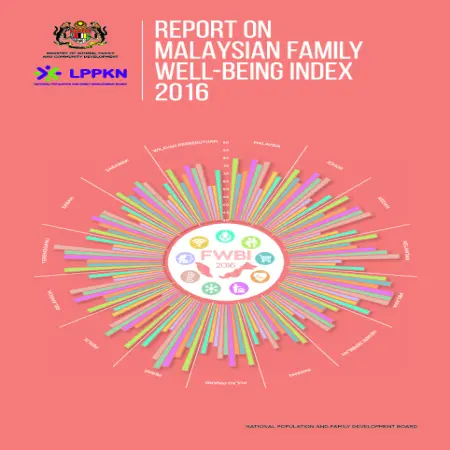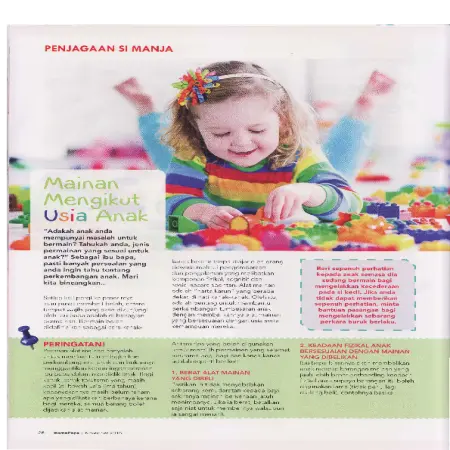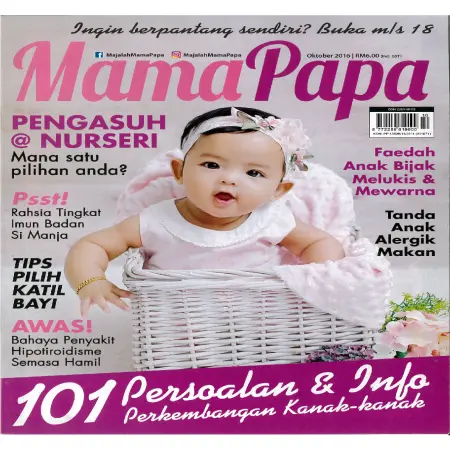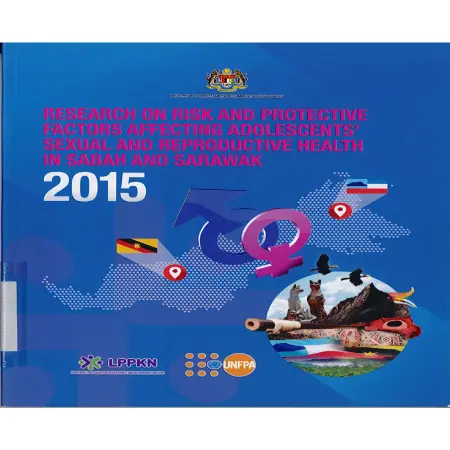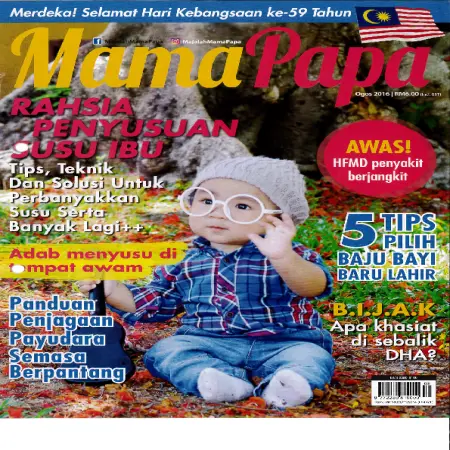Browse by Year
|
|
Report on Malaysian Family Well-Being Index 2016
Item Type: Research Report
Editor:
Year: 00/00/2017
Abstract: The NPFDB (2011) defined family well-being as a safe, healthy, comfortable, harmonious and satisfying family condition. This definition covers various aspects, such as spiritual satisfaction and comfort in respect of their economy and finance; mental, psychosocial, and health; political: and sustainability. Family Well-Being Index (FWBI) 2016 measured the level of family well-being through a household's assessment by the father or mother regarding the well-being of their families. This index examined the level of well-being in terms of family relationships, family economy, family relationships, family economy, family health, family safety, family and community involvement, religious and spiritual practices, housing and the environment, and family and communications technologies in the country. The overall FWBI 2016 score was 7.33 out of a maximum score of 10.
|
|
|
|
|
|
The 50th session of the Commission on Population and Development: general debate on changing population age structures and sustainable development
Item Type: Country Statement
Editor:
Year: 00/00/2017
Abstract: This Country Statement address about four important sub-topics namely changing population age structures, fertility trends and initiatives, adolescents and youth as well as trends in working age population.
|
|
|
|
|
|
Semarakkan cinta dengan bulan madu
Item Type: Article
Editor:
Year: 00/12/2016
Abstract: The option of having a second honeymoon at a late age of marriage may be something to consider. A second honeymoon is very important for every couple to improve the quality of family life. Couples can talk heart to heart a string of marital life journeys.
|
|
|
|
|
|
Report on key findings Fifth Malaysian Population and Family survey (MPFS-5) 2014
Item Type: Research Report
Editor:
Year: 01/12/2016
Abstract: The 2014 Malaysian Population and Family Survey is the fifth in a series of surveys conducted by the NPFDB every 10 years since 1974. This fifth survey was funded by the Economic Planning Unit of the Prime Minister’s Department under the 10th Malaysia Plan allocation. In conducting the survey, the NPFDB received tremendous cooperation and support from various agencies at federal and state levels as well as from nongovernmental organisations. The purpose of this survey was to collect the latest information and time series data in respect of demography, family and reproductive health of the Malaysian population. It also aimed to update the indicators obtained based on the previous surveys in the series. The MPFS-5 provides specific information on the population, household, family formation, fertility, family planning, family life, health practices, elderly as well as the social and sexual behaviours of the adolescents. It also collected the latest information on career and family balance, well-being, breastfeeding, secondary infertility, financial management, intergenerational assistance and the use of social media.
|
|
|
|
|
|
Mainan mengikut usia anak
Item Type: Article
Editor:
Year: 00/11/2016
Abstract: The role of toys is only to help improve the development of the child and not to replace the importance of the role of parents in educating the child. For children, especially those who are still young (under the age of five), most of them still do not understand what is said to be dangerous because for them, all items can be used as toys. Among the tips that can be used to choose games that are safe, especially for babies and children are such as the weight of the toy purchased, not easily removable or broken, suitable for the child's age and others.
|
|
|
|
|
|
Terapi minda: rangsang minda anak
Item Type: Article
Editor:
Year: 00/10/2016
Abstract: Mind therapy is one of the methods that can be used to plan and shape the child's mental intelligence. In general, mind therapy is the treatment of the mind in a rehabilitative manner without the use of medication or surgery. According to studies, the human mind is divided into two parts. The first part is located on the left side which is called the conscious mind while the right side is called the subconscious mind. The conscious mind functions to think of logical things such as reading, counting or in other words this mind functions throughout the time we are conscious. The subconscious mind's function is to receive whatever is heard, smelled and felt. It works non -stop whether we are asleep or awake.
|
|
|
|
|
|
Research on risk and protective factors affecting adolescents' sexual and reproductive health in Sabah & Sarawak 2015
Item Type: Research Report
Editor:
Year: 09/09/2016
Abstract: A quarter of the world population (1.8 billion) consists of people aged 10-24 years (UN DESA, 2009). Adolescents is a phase of life whereby they have opportunities for developing healthy behaviours, which can determine the future pattern of adulth health. However, for most adolescents, this is the phase of self-discovery whereby they undergo biological, psychological, social and economic changes in their life. Curiosity and experimentation are normal among them where certain behaviours would place adolescents at risk of undesired consequences of their activity.
There are various biological, social, educational and psychological risk factors that predispose adolescents to unhealthy and unsafe sexual phenomena such as premarital sex, having multiple sexual partners, unwanted pregnancy, early childbearing and illegal abortion. In terms of biological factors, early menarche, being male men and older age were found to be the significant risk factors. In addition, social factors including unemployment, peer influence (peer/ friends who have had sexual experience) and use of the substance such as alcohol, tend to increase the tendency of unsafe and unhealthy sexual practices (WHO, 2004). Besides, lack of sexual reproductive health information and skills in negotiating sexual relationship, inaccessibility of youth-friendly SRH services are other risk factors that had been identified (Low, 2006).
Although there is limited data on teenage pregnancy in Malaysia, the increasing reports on incidences of abandoned babies indicate that increased premarital sexual intercourse resulted in unwanted pregnancies among unmarried adolescents. From 2005 to March 2014, it was reported that there were 561 cases of baby dumping (RMP, 2014; Mansoor, 2014). the number of reports of abortion indicates that there is an increase in the number of extramarital sex among unmarried adolescents. Many 51 cases of infant abandonment were reported in 2005 to March 2014 (PDRM, 2014; Mansoor, 2014).
In 2012, a study was conducted to identify the risk and protective factors of adolescents in Peninsular Malaysia (NPFDB, 2015). There has been a dearth of studies on adolescents’ SRH in Sabah and Sarawak. Therefore, studies on SRH among this sub-population are warranted. Furthermore, there are differences in terms of demographic characteristics compared to Peninsular Malaysia. Based on these findings, more specific educational and intervention programmes tailored to the needs of the adolescents in Sabah and Sarawak need to be planned and implemented in order to prevent them from engaging in risky sexual behaviours. The objective of this study was to determine the risk and protective factors related to sexual and reproductive health (SRH) of adolescents in Sabah and Sarawak.
|
|
|
|
|
|
Memilih jantina bayi: bahagian 2
Item Type: Article
Editor:
Year: 00/08/2016
Abstract: From time immemorial, our ancestors practiced certain tips and diets to get the desired gender of the child. However, there is still no scientific explanation of the effectiveness and accuracy of the practice. Learn how to determine the sex of a baby from a scientific point of view.
|
|
|
|
|
|
Fertiliti dan Konsepsi - Senario memilih jantina
Item Type: Article
Editor:
Year: 00/07/2016
Abstract: The tendency to choose the sex of a baby by a couple has occurred since time immemorial due to several factors including social, cultural, economic, belief, religious, and health factors. A study conducted by the United Nations Population Fund (UNPF) has outlined three main factors of child gender selection practices and gender imbalance for a society.
|
|
|
|





